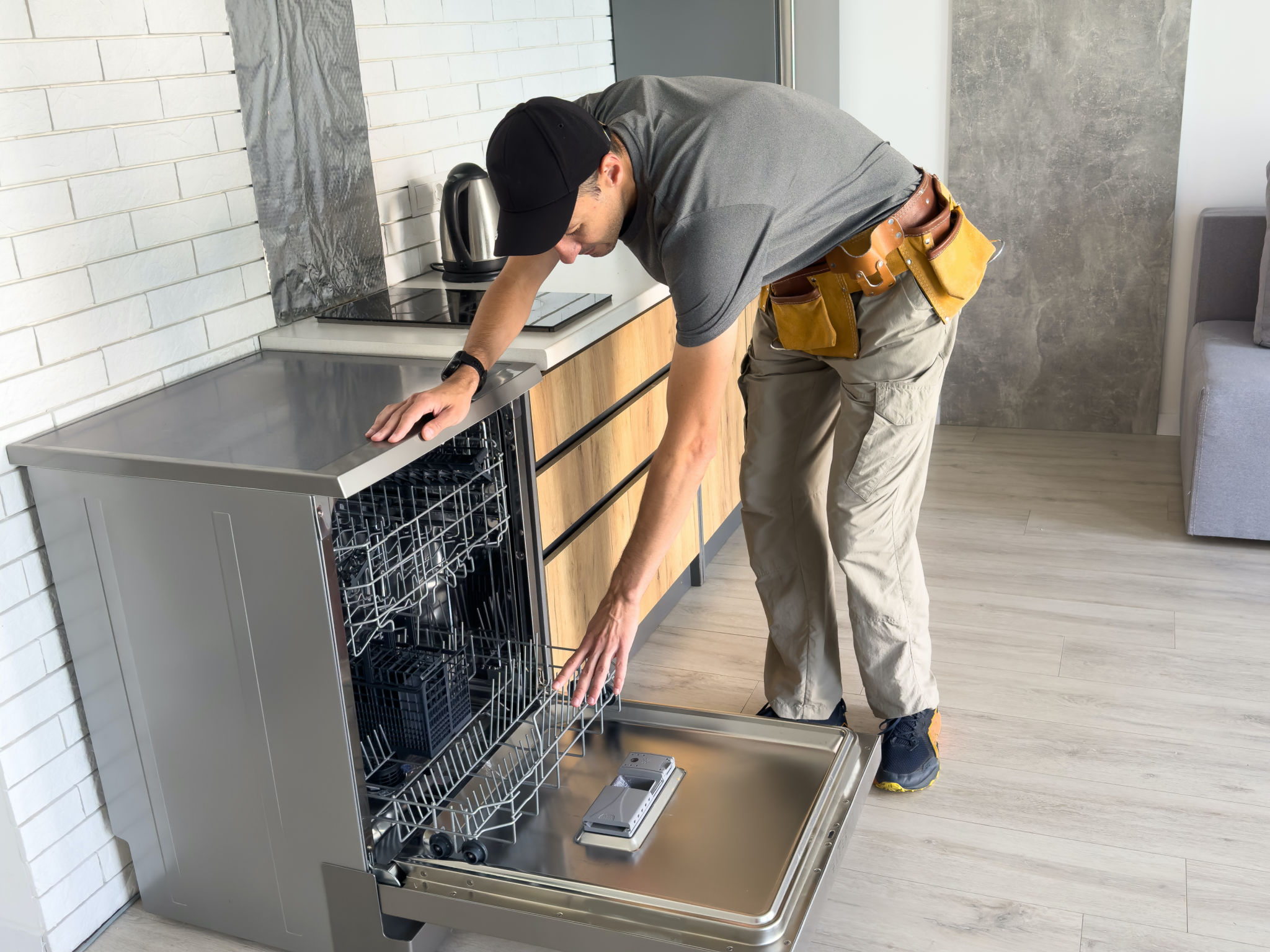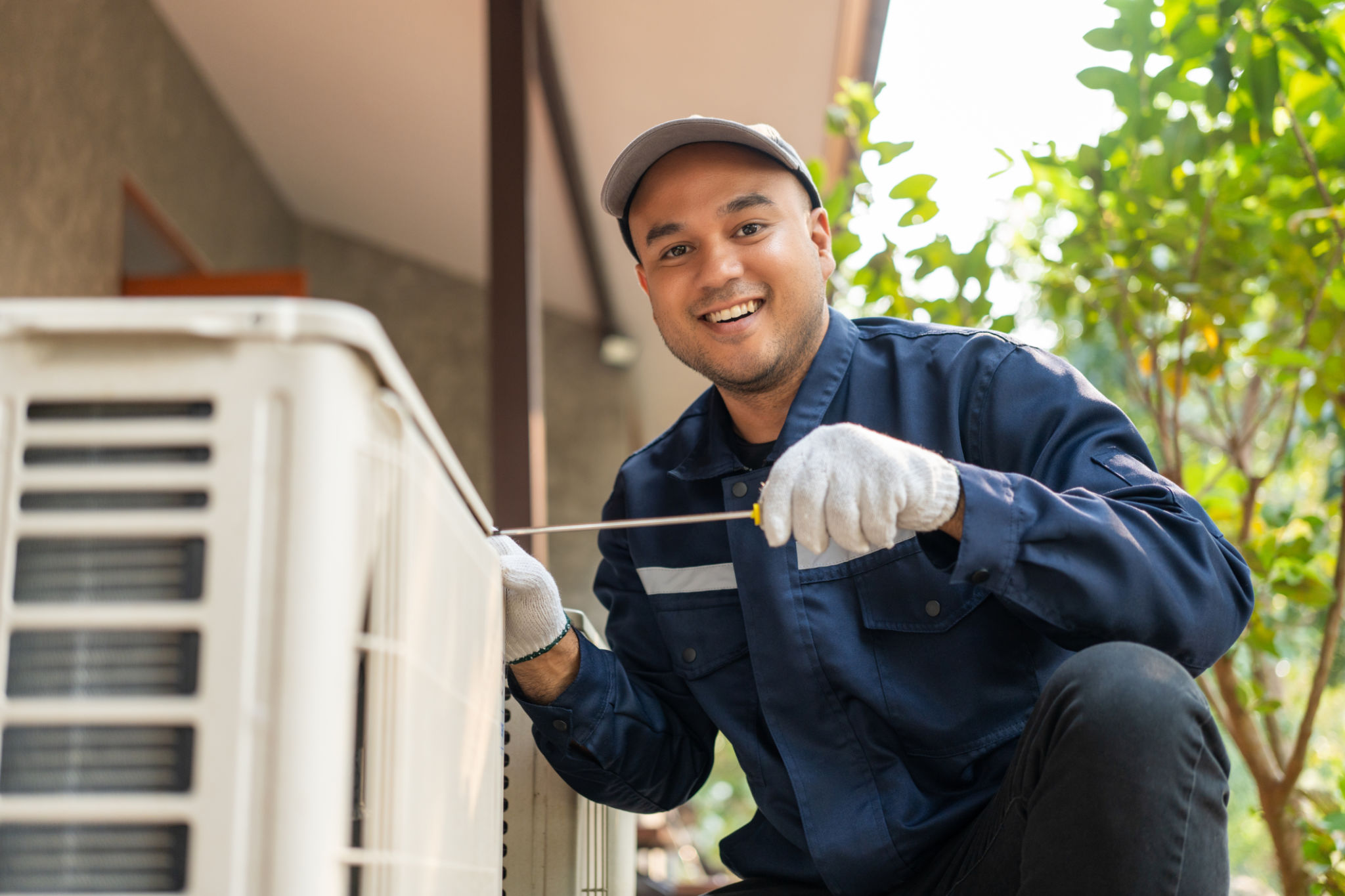Understanding Appliance Repair Costs: A Comprehensive Guide
QS
Introduction to Appliance Repair Costs
Understanding the costs associated with appliance repair is essential for homeowners looking to maintain their household gadgets efficiently. Repairing appliances can often be more cost-effective than replacing them, but knowing what to expect financially can help in making informed decisions. This guide aims to break down the components that contribute to appliance repair costs and provide insights into budgeting for these unexpected expenses.

Factors Influencing Repair Costs
Several factors can influence the cost of repairing an appliance. First and foremost is the type of appliance. Larger appliances such as refrigerators or washing machines typically cost more to repair than smaller devices like microwaves or toasters. The brand and model also play significant roles; premium brands may require specialized parts or technicians, increasing the cost.
Another factor is the age of the appliance. Older models might be harder to fix due to the scarcity of parts, leading to higher expenses. Additionally, the extent of the damage and the complexity of the problem can significantly impact the final bill.
Labor Costs
Labor costs are a critical component of appliance repair expenses. Technicians generally charge an hourly rate, which can vary depending on their expertise and the region. It's important to note that some companies may charge a flat fee for certain repairs, which can be more economical.
When hiring a technician, inquire about their pricing structure and any additional fees that may apply, such as travel charges or emergency service fees. This transparency will help avoid unexpected surprises when the bill arrives.

Parts and Materials
The cost of replacement parts is another significant factor in appliance repair pricing. Newer appliances may have more readily available parts, which can be less expensive. In contrast, older or high-end models might require ordering specialized parts directly from the manufacturer, increasing costs.
It's advisable to consult with your technician on whether it's possible to use generic parts instead of brand-specific ones. This option can sometimes offer a more budget-friendly solution without compromising the quality of the repair.
DIY vs. Professional Repair
Many homeowners consider DIY repairs as a way to save money. While this can be effective for minor issues, it's essential to recognize when professional help is necessary. Attempting complex repairs without the right skills can lead to further damage, resulting in higher costs in the long run.
Weighing the pros and cons of DIY versus professional repair is crucial. If you're unsure about handling a particular issue, it's generally safer and more cost-effective to consult a professional.

Preventive Maintenance
Regular maintenance can significantly reduce the likelihood of major repairs and extend the lifespan of your appliances. Simple actions like cleaning filters, checking seals, and ensuring proper installation can prevent many common problems.
Consider scheduling routine check-ups with a qualified technician to keep your appliances in optimal condition. This proactive approach can save money by minimizing unexpected repair needs and enhancing energy efficiency.
Conclusion
Understanding appliance repair costs involves considering multiple factors such as type, age, labor, and parts availability. By being informed about these elements, homeowners can make better decisions regarding repairs versus replacements. Keeping up with preventive maintenance and knowing when to call in a professional are key strategies for managing these expenses effectively.
By following this comprehensive guide, you can navigate appliance repair costs with greater confidence and ensure your home runs smoothly without breaking the bank.
